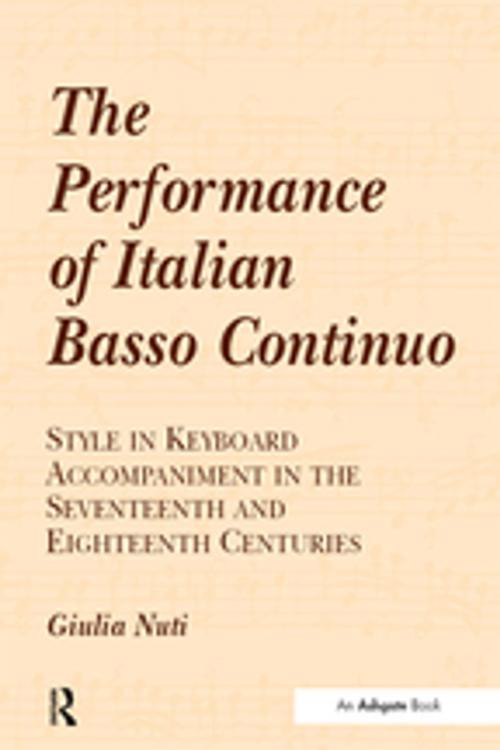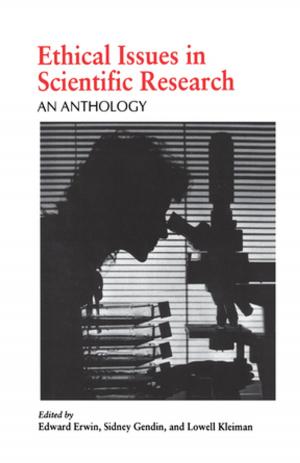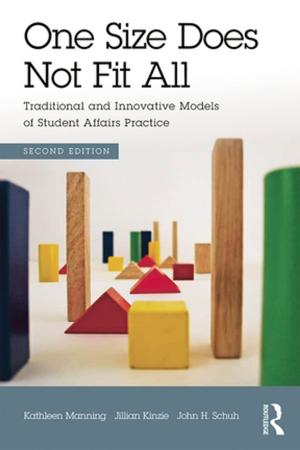The Performance of Italian Basso Continuo
Style in Keyboard Accompaniment in the Seventeenth and Eighteenth Centuries
Nonfiction, Entertainment, Music| Author: | Giulia Nuti | ISBN: | 9781351541596 |
| Publisher: | Taylor and Francis | Publication: | July 5, 2017 |
| Imprint: | Routledge | Language: | English |
| Author: | Giulia Nuti |
| ISBN: | 9781351541596 |
| Publisher: | Taylor and Francis |
| Publication: | July 5, 2017 |
| Imprint: | Routledge |
| Language: | English |
Basso continuo accompaniment calls upon a complex tapestry of harmonic, rhythmic, compositional, analytical and improvisational skills. The evolving knowledge that underpinned the performance of basso continuo was built up and transmitted from the late 1500s to the second half of the eighteenth century, when changes in instruments together with the assertion of control by composers over their works brought about its demise. By tracing the development of basso continuo over time and across the regions of Italy where differing practices emerged, Giulia Nuti accesses this body of musical usage. Sources include the music itself, introductions and specific instructions and requirements in song books and operas, contemporary accounts of performances and, in the later period of basso continuo, description and instruction offered in theoretical treatises. Changes in instruments and instrumental usage and the resulting sounds available to composers and performers are considered, as well as the altering relationship between the improvising continuo player and the composer. Extensive documentation from both manuscript and printed sources, some very rare and others better known, in the original language, followed by a precise English translation, is offered in support of the arguments. There are also many musical examples, transcribed and in facsimile. Giulia Nuti provides both a scholarly account of the history of basso continuo and a performance-driven interpretation of how this music might be played.
Basso continuo accompaniment calls upon a complex tapestry of harmonic, rhythmic, compositional, analytical and improvisational skills. The evolving knowledge that underpinned the performance of basso continuo was built up and transmitted from the late 1500s to the second half of the eighteenth century, when changes in instruments together with the assertion of control by composers over their works brought about its demise. By tracing the development of basso continuo over time and across the regions of Italy where differing practices emerged, Giulia Nuti accesses this body of musical usage. Sources include the music itself, introductions and specific instructions and requirements in song books and operas, contemporary accounts of performances and, in the later period of basso continuo, description and instruction offered in theoretical treatises. Changes in instruments and instrumental usage and the resulting sounds available to composers and performers are considered, as well as the altering relationship between the improvising continuo player and the composer. Extensive documentation from both manuscript and printed sources, some very rare and others better known, in the original language, followed by a precise English translation, is offered in support of the arguments. There are also many musical examples, transcribed and in facsimile. Giulia Nuti provides both a scholarly account of the history of basso continuo and a performance-driven interpretation of how this music might be played.















